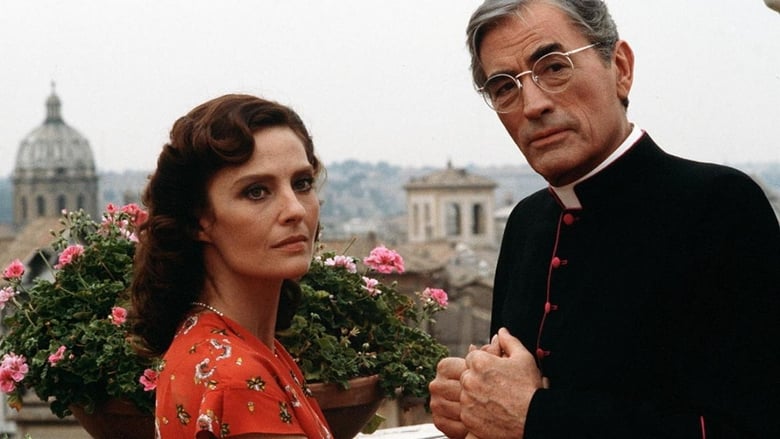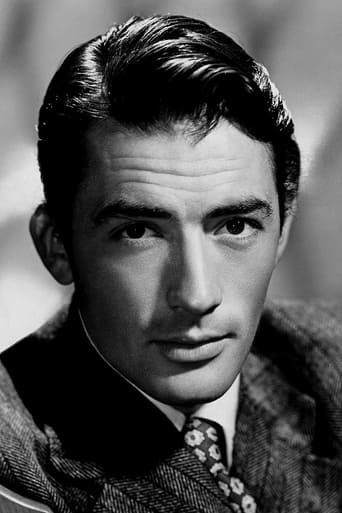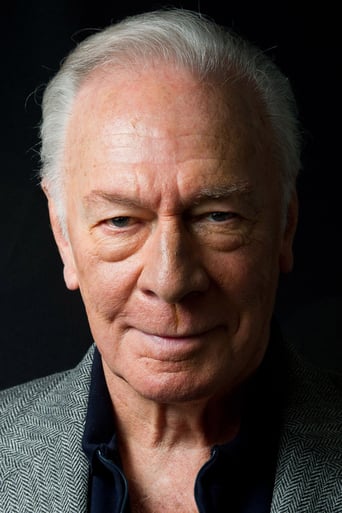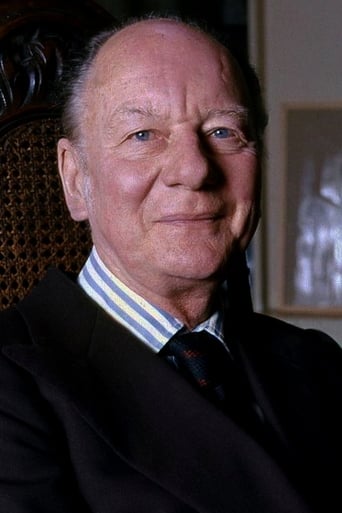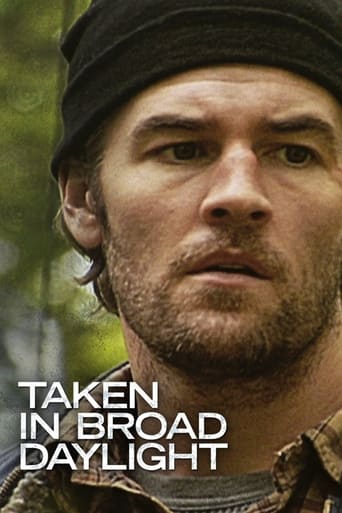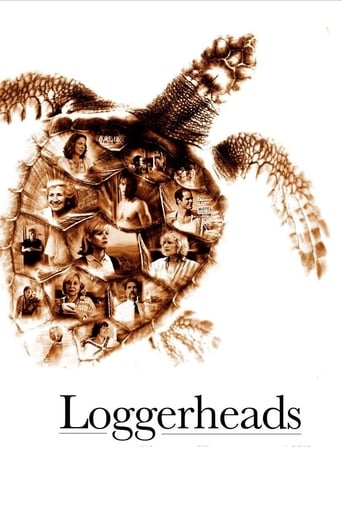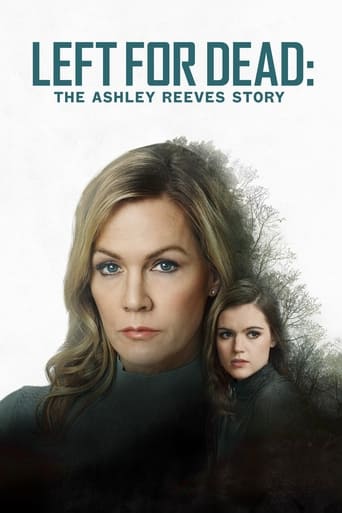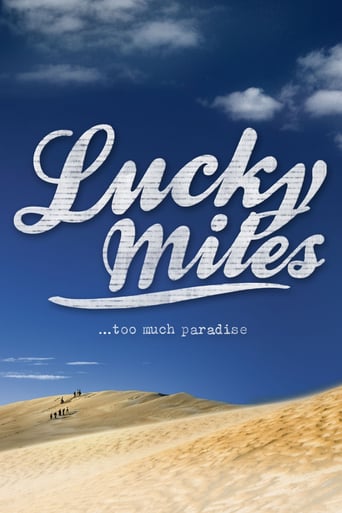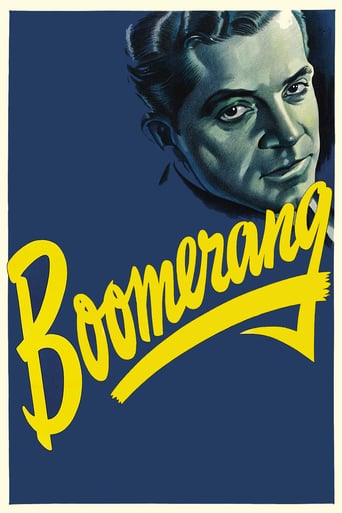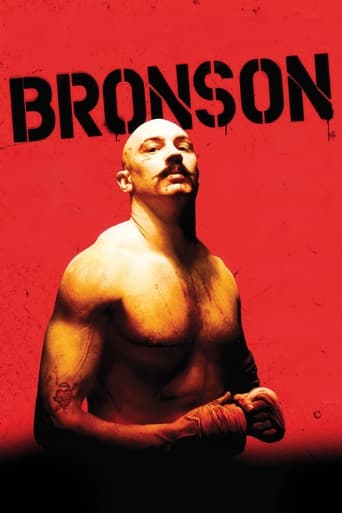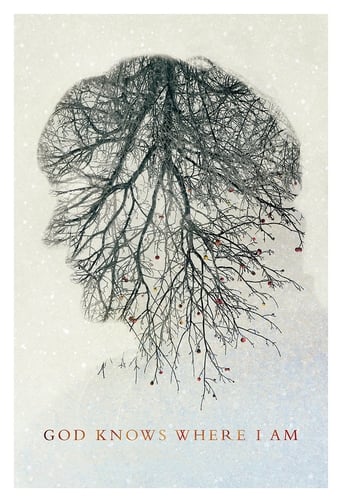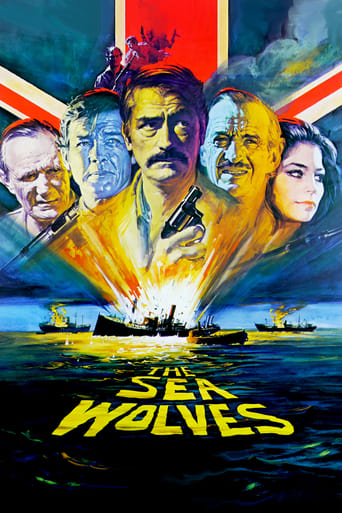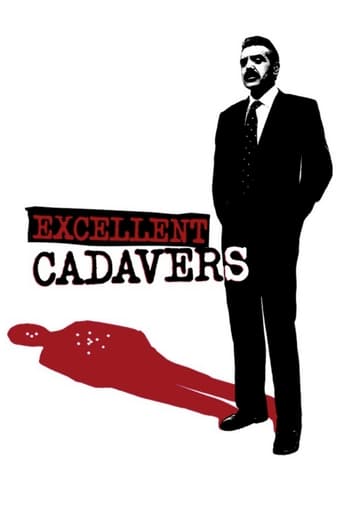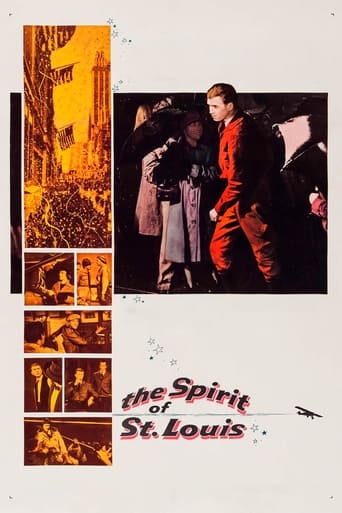The Scarlet and the Black (1983)
Fr. Hugh O'Flaherty is a Vatican official in 1943-45 who has been hiding downed pilots, escaped prisoners of war, and Italian resistance families. His activities become so large that the Nazis decide to assassinate him the next time he leaves the Vatican.
Watch Trailer
Cast


Similar titles
Reviews
Last night.I can only imagine from reading other reviews, that the full - length version has rather more substance. Nothing about Col.Kappler gave any indication that he was anything more than a typical Nazi thug. Well,he liked Puccini,but the film world is crowded with opera - loving Nazi officers. He would clearly have loved to have taken the Pope (Sir John Gielgud at his most unctuous and sanctimonious) and smacked him around in the S.S prison in Rome.The Pontiff appeared to be the sort of man who would wash his hands before going to the bathroom,whose nose was permanently beset by a bad smell. I must say I felt a twinge of sympathy for Kappler in this instance. Mr C.Plummer gave his Freeview version of Kappler no humanity until he is absolutely trumped by Mr T.P.Mckenna as Reichsfuhrer Himmler. Mr G.Peck is Monsignor O'Flaherty who is the thickness of a cigarette paper away from being a Stage Oirishman. However most of the time he holds himself in check and is still damnably handsome,although in a scene right at the end just before he is blessed by Sir John we can see that in fact that we are looking at an elderly man whose stunt double had certainly earned his corn. I suspect about half an hour has been cut from the original in order to fit in adverts for incontinence pads and O.A.P.s holidays. Despite that,the remnants of a good movie are visible. The scene in the Colliseum between Kappler and O'Flaherty is very tense with Mr Peck giving his one - man audience a Hellfire and Brimstone sermon and Mr Plummer rather movingly pleading with him to save his family as Rome falls. In the end of course there was no Battle of Rome any more than there was a Battle of Paris. A deal was struck ,the German Army withdrew and the Holy City was spared. The closing titles revealed the fate of both protagonists which would make seeking out a full version of "The Scarlet and The Black" rather pointless. I just wish I'd seen it back in 1983.
I think this is an excellent film.Both Peck and Plummer are very good in their respective roles.It shows that there were many people who risked their lives to save Jews and others from the Nazis. Despite the fact that the Roman Catholic church was criticised for not doing more to speak out about the crimes committed by the Nazis this film shows that there were members of the church who were prepared to try to save others.Plummer and Peck engage in a form of hide and seek. Peck as O'Flaherty risks his life to save others and assumes different disguises to avoid capture. Plummer as Kappler is frustrated by O'Flaherty always managing to stay one step ahead.I thought the end where it is revealed that O'Flaherty had saved Kappler's family was quite moving. Kappler had begged O'Flaherty to save his family despite the fact that Kappler had been responsible for awful atrocities. At the time it appeared that O'Flaherty had rejected Kappler's pleas because he was disgusted by the things that Kappler had been responsible for. Later, when Kappler has been captured by the Allies, we find out that Kappler's family had in fact been smuggled to safety. This shows that O'Flaherty had decided that his belief in God meant that he had to try to forgive so he had saved the family of a brutal tyrant.It can't have been easy living in an awful period under a brutal regime like the Nazis. This film helps to show that people from all walks of life were brave enough to risk everything to stand up to them. Excellent performances help to make this a film well worth watching.
Many movies have been made about the Holocaust and other Nazi atrocities of World War II. But, only a few films have been made about the heroes of the pogrom. Yet, there were many thousands of non-combatants, civilians and religious, who hid Jews and helped them escape. Many also helped escaped POWs and downed Allied flyers. Poland was especially brutalized by the Nazis. Yet, it alone had more than 4,000 heroes of the Holocaust who have been named Righteous Among the Nations by Yad Vashem, the Israeli Holocaust memorial center in Jerusalem. Msgr. Hugh O'Flaherty may be the best known among Catholic clergy for his efforts – no doubt in some part due to Gregory Peck playing him in this 1983 movie for TV. The film is loaded with talented actors. O'Flaherty operated out of his office in the Vatican. He organized a network that helped 6,500 Jews and Allied escapees flee the Nazis. His nemesis, played by Christopher Plummer in this film, was SS Col. Herbert Kappler. Other leading roles were John Gielgud as Pope Pius XII and Raf Vallone as Father Vittorio. This movie is an excellent account of that true story. Only one aspect of the film isn't superb – the musical score. In some dramatic or suspenseful scenes, the music is terrible. Even with that, though, this is an excellent movie. The story is based on a 1983 book by J.P. Gallagher, "The Vatican Pimpernel." A new novel about Fr. O'Flaherty and his WW II rescue network just came out in 2012. "Hide & Seek: The Irish Priest in the Vatican who Defied the Nazi Command" was written by Stephen Walker. A few other excellent films tell the WW II stories of some clergy who were true heroes. A 1985 movie, "The Assisi Underground," is about a Franciscan Padre, Rufino Niccacci, who organized a massive network to hide Jews and help them escape. Many priests, nuns and lay people helped in this effort. Padre Rufino and Bishop Nicolini were named Righteous Among the Nations after the war by Yad Vashem. "Au Revoir Les Enfants' is a French movie made in 1987. It tells the story of Father Jacques de Jesus, a Carmelite headmaster of a boy's boarding school in Avon, France. Fr. Jacques hid Jewish boys among the students and put noted Jewish botanist Lucien Weil on the faculty. In 1985, Yad Vashem, honored the priest as one of the "Righteous Among the Nations." This film was made two years later by French filmmaker Louis Malle who had been a student under Fr. Jacques.In August of 2014, a movie was made about St. Maximillian Kolbe. He was a Polish priest who was sent to Auschwitz. Kolbe asked the commandant to take him in the place of a Jewish man who was to be killed. Kolbe died Aug. 14, 1941. Pope John Paul II canonized him a saint on Oct. 10, 1982, and the Jewish man whose life he saved was at Kolbe's canonization in Rome. There were many other clergy and religious heroes of WW II. Archbishop Giovanni Ferrofino was an Italian diplomat who helped save 10,000 Jews flee Nazi Europe. Mother Riccarda Beauchamp Hambrough was an English nun who hid 60 Jews in her cloister in Italy. But many stories may never be known, because so many Catholic Priests were killed by the Germans. In Dachau Concentration Camp, 2,600 Catholic priests from 24 different countries were killed. And, between 1939 and 1945, the Nazis killed an estimated 3,000 priests in Poland. Of those, 1,992 died in concentration camps. An interesting aspect of "The Scarlet and the Black" is the portrayal of Pope Pius XII as cautious about the church making overt steps to save Jews. That may be a fair and accurate depiction. The Pope wouldn't want to give the Nazis cause to invade the Vatican and imprison more clergy. In recent years, some critics have said Pius didn't help the Jews, or do enough to help them. But, post-war books and statements by escapees and Jewish leaders praised Pius for his discreet aid to Jews. When Pius died in 1958, the chief Rabbi of Rome, Elio Toaff, said "Jews will always remember what the Catholic Church did for them by order of the Pope during the Second World War."Indeed, in the early years of the war, Pope Pius was one of the few world leaders who took on Hitler and the Nazis. The New York Times, on Christmas Day 1941, carried an editorial that praised his efforts. "The voice of Pius XII is a lonely voice in the silence and darkness enveloping Europe this Christmas." The following year, Christmas of 1942, The Times again praised Pius in an editorial: "This Christmas more than ever he is a lonely voice crying out of the silence of a continent."Since then, The Times has admitted to criticism that it hid news coverage or played down reports about the Holocaust during the war. Between 1939 and 1945, the paper ran 23,000 front-page stories. Of those, 11,500 were about the war. Only 26 were about the Holocaust. Most mentions of death camps, Nazi atrocities or persecution of the Jews were buried inside the paper. In 1996, The Times said that criticism of its reporting of the holocaust is valid. An irony in this is that during World War II, the owner and publisher of The New York Times was Arthur Hays Sulzberger, a Jew.
a remarkable artistic meeting. and picture of a dark page. a war. and a form of victories out of definition. an old delicate subject, not nice for Vatican. and an impressive performance. that is all. at first sigh. but it is not a history lesson, it is not really a show. it is only a memento. and occasion to view two extraordinary actors in skin of special characters. nothing else. but the precise art of Gregory Peck and Christopher Plummer, the presence of John Gielgut are remarkable. the tension, the story, the music are parts of delicate and touching circle of sand and blood. it is not a case but an universal story. because many fathers Hugo are present in different periods, in many places. for me, it remains a precious memory. about resistance against evil. about force of values.


